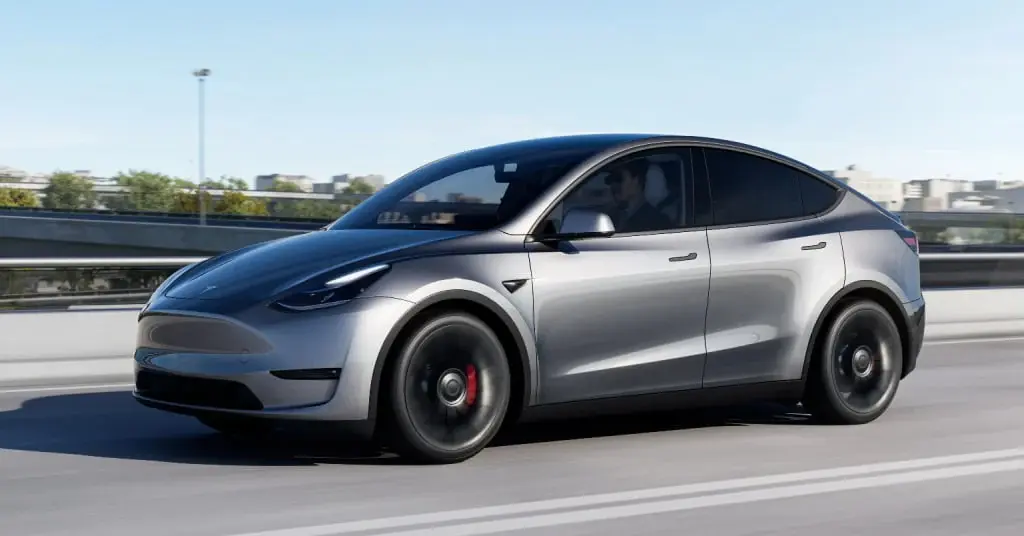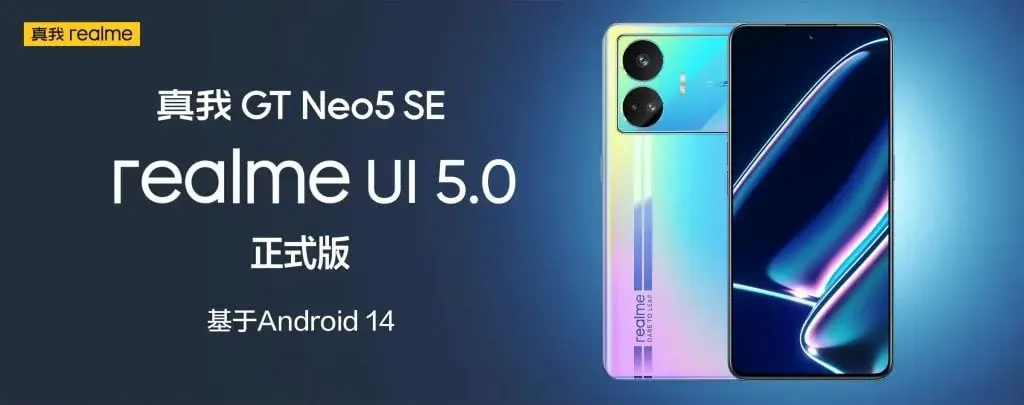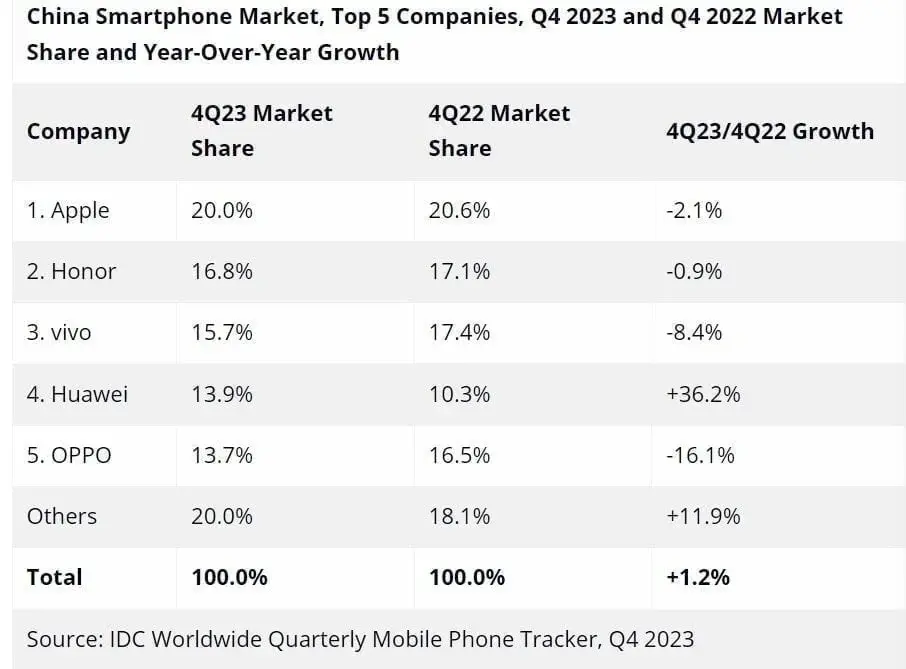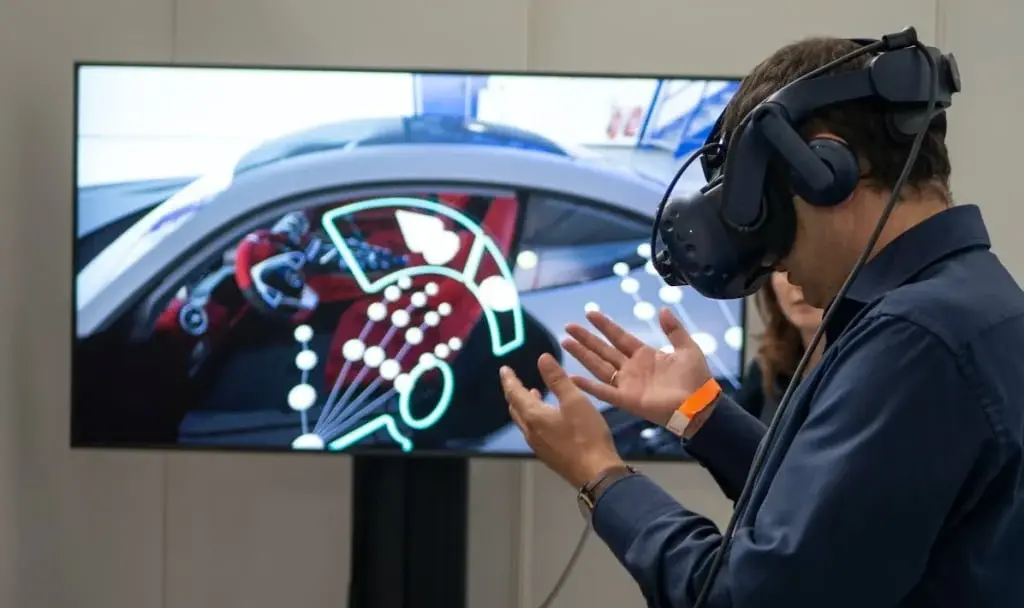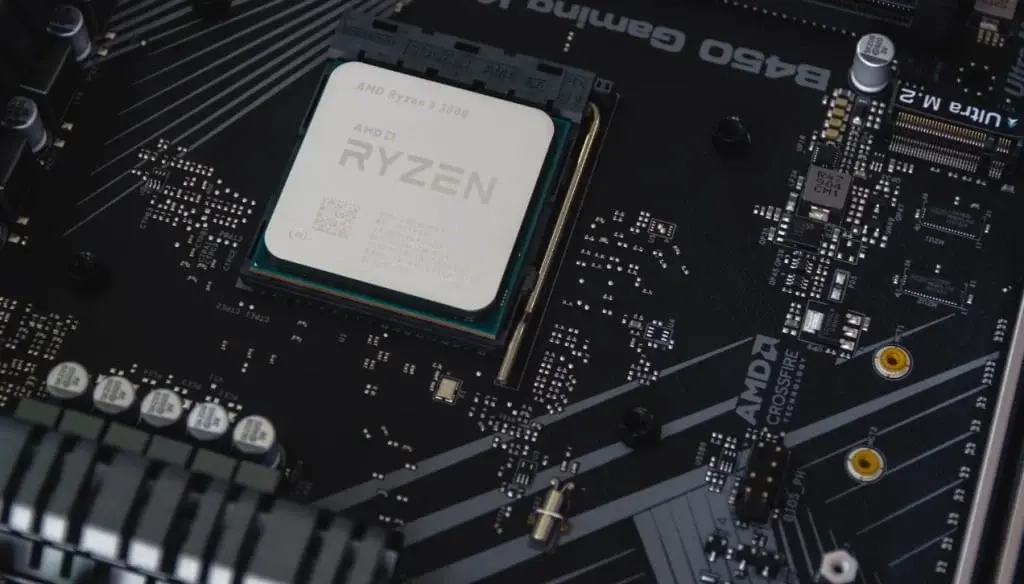China has once again proven itself as the global powerhouse in the electric vehicle (EV) sector, with a whopping 8 million new plug-in electric cars hitting the roads in 2023. This achievement not only sets a new benchmark for the country but also underscores the rapidly growing appetite for greener transportation options among Chinese consumers.
Electric cars now account for 37% of all car sales in China
The latest data reveals a significant 46% surge in plug-in car sales compared to the previous year, highlighting the unrelenting momentum of China’s EV market. This surge is fueled by a remarkable blend of all-electric cars (BEVs) and plug-in hybrids (PHEVs), both registering record highs in sales. BEVs, leading the charge, witnessed about a 31% increase, while PHEVs, with their growing popularity due to larger battery capacities, saw an astounding 80% jump in registrations.
BYD is the leading Chinese EV maker
The electric revolution in China isn’t just about numbers; it’s a clear sign of the country’s commitment to reducing carbon emissions and making electric mobility mainstream. With electric cars now accounting for 37% of all new car sales in China, the country is setting the pace for the global transition to sustainable transportation.
The dominance of domestic brands like BYD, which has captured a significant share of the market, alongside international players like Tesla, showcases a competitive and vibrant EV ecosystem. Models such as the BYD Song Plus and Tesla Model Y have become consumer favorites, topping the sales charts and driving the market forward.
Continued growth and a greener future
As we look ahead, expectations are high for continued growth, albeit at a more measured pace. The industry is optimistic about reaching a new milestone of 10 million sales in 2024, reflecting confidence in the enduring appeal and potential of electric vehicles. With each passing year, China is driving closer to a greener, more sustainable future on the roads, demonstrating what’s possible with innovation, investment, and a shared vision for a cleaner planet.


